Energy storing building materials could make on-demand power from renewables affordable worldwide.
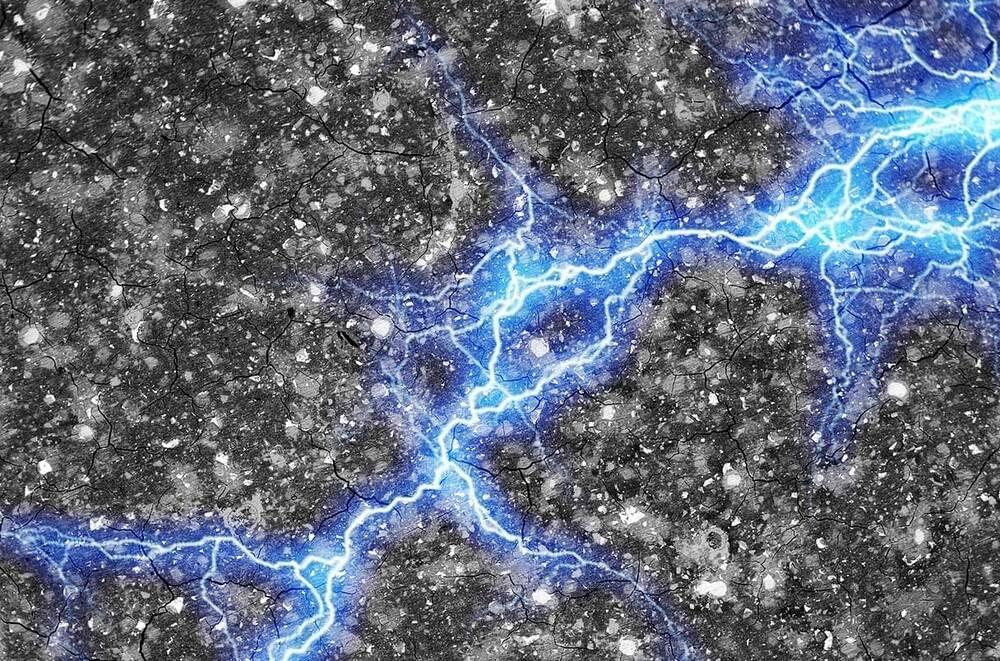

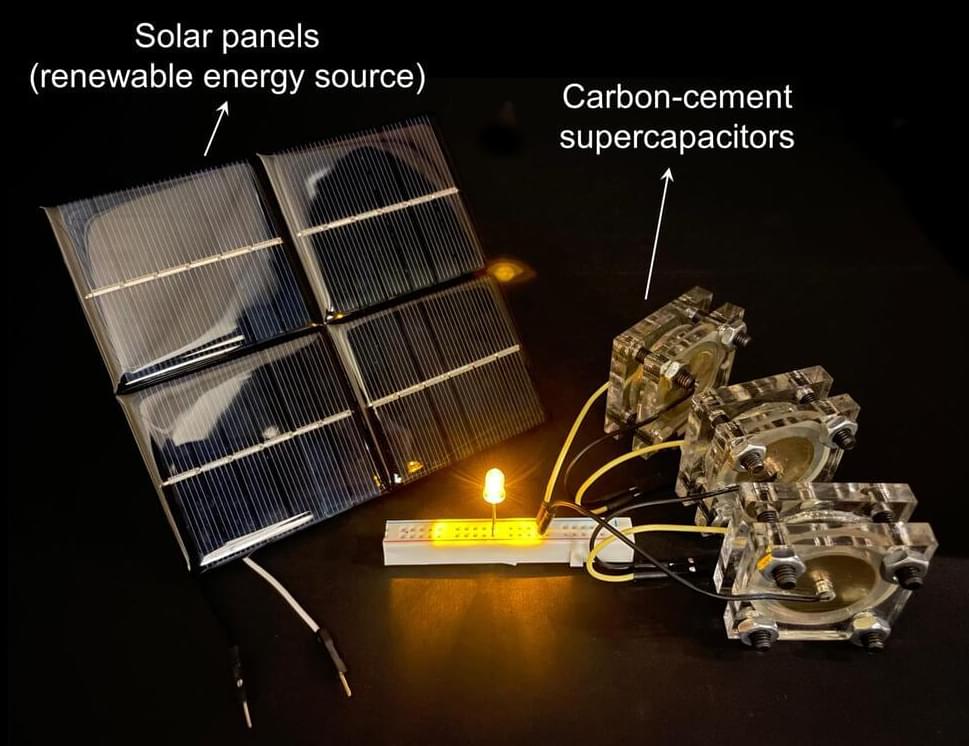
Two of humanity’s most ubiquitous historical materials, cement and carbon black (which resembles very fine charcoal), may form the basis for a novel, low-cost energy storage system, according to a new study. The technology could facilitate the use of renewable energy sources such as solar, wind, and tidal power by allowing energy networks to remain stable despite fluctuations in renewable energy supply.
The two materials, the researchers found, can be combined with water to make a supercapacitor—an alternative to batteries—that could provide storage of electrical energy.
As an example, the MIT researchers who developed the system say that their supercapacitor could eventually be incorporated into the concrete foundation of a house, where it could store a full day’s worth of energy while adding little (or no) to the cost of the foundation and still providing the needed structural strength. The researchers also envision a concrete roadway that could provide contactless recharging for electric cars as they travel over that road.

A new study reveals that biomimetic materials, when pulsed with low-energy blue light, can reshape damaged corneas, including increasing their thickness. The findings have the potential to affect millions of people.
A team of University of Ottawa researchers and their collaborators have uncovered the immense potential of an injectable biomaterial that is triggered by low-energy blue light pulses for immediate repair of the eye’s domed outer layer.
Following a design approach guided by biomimicry—innovation that takes inspiration from nature—the multidisciplinary researchers’ compelling results show that a novel light-activated material can be used to effectively reshape and thicken damaged corneal tissue, promoting healing and recovery.
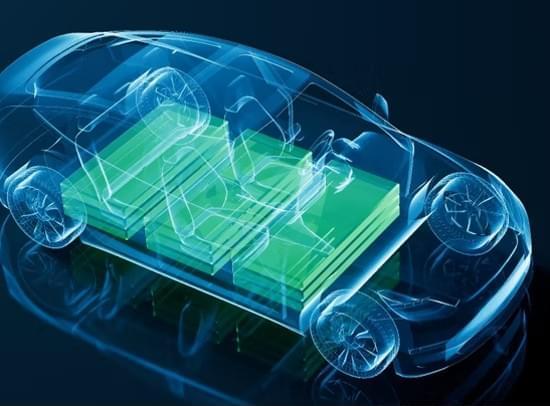
Sodium-ion (Na-ion) batteries and solid-state batteries have both been in the news recently. Why? Because the need for battery storage is growing rapidly as the global economy seeks carbon-based energy alternatives in pursuit of the goal to achieve net-zero emissions by the mid-century.
Na-ion Battery News
In April I wrote about BYD, a Chinese electric vehicle (EV) manufacturer, that is using sodium-ion (Na-ion) battery packs instead of lithium-ion (Li-ion) in some of its models. In its latest report, IDTechEx, out of Cambridge in the United Kingdom, states that although Na-ion batteries are not the answer to all battery-power applications, they do provide a complimentary addition to battery packs used not just in EVs but also for backup power within utilities and factories.

Say hello to ionocaloric cooling. It’s a new way to lower temperatures with the potential to replace existing methods of chilling things with a process that is safer and better for the planet.
Typical refrigeration systems transport heat away from a space via a gas that cools as it expands some distance away. As effective as this process is, some of the choice gases we use are particularly unfriendly to the environment.
There is, however, more than one way a substance can be forced to absorb and shed heat energy.
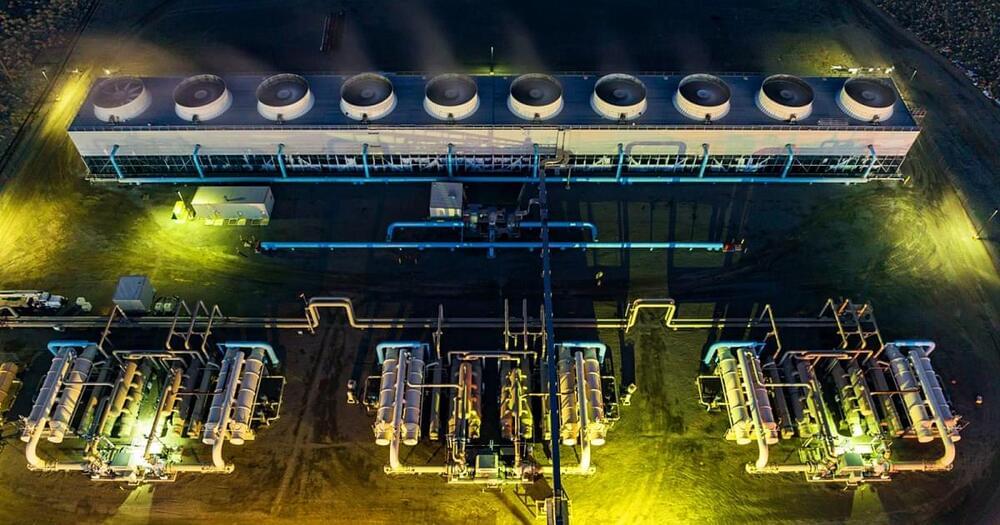
A Google-backed startup has successfully tested an enhanced geothermal system that could harness Earth’s inner heat to generate clean electricity anywhere, anytime — and they built it, ironically, with technology perfected by the oil industry.
The challenge: Geothermal power plants take advantage of the heat radiating from deep inside the Earth to create electricity. Usually, this is done by drilling wells down to natural underground reservoirs of hot water and using that steam to spin electric turbines.
This is a clean, reliable source of energy, but it is hard to scale. The need to build geothermal plants near existing hydrothermal reservoirs, which are relatively rare, limits its use to a handful of places — today, geothermal supplies just 0.4% of the US’s utility-scale electricity.

WASHINGTON, July 27 (Reuters) — The Department of Energy said on Thursday it is accepting applications from states and territories for $8.5 billion in rebate programs for upgrades in U.S. homes that aim to lower energy bills and increase energy efficiency.
The rebates for items including insulation, heat pumps, and efficient appliances will be available to consumers after states and territories apply for and get funds from the department. The two rebate programs were funded by President Joe Biden’s Inflation Reduction Act that fellow Democrats in Congress passed last year without a single Republican vote.
The rebate programs will save up to $1 billion a year in energy costs and support about 50,000 jobs in construction, manufacturing and other businesses, the department said.
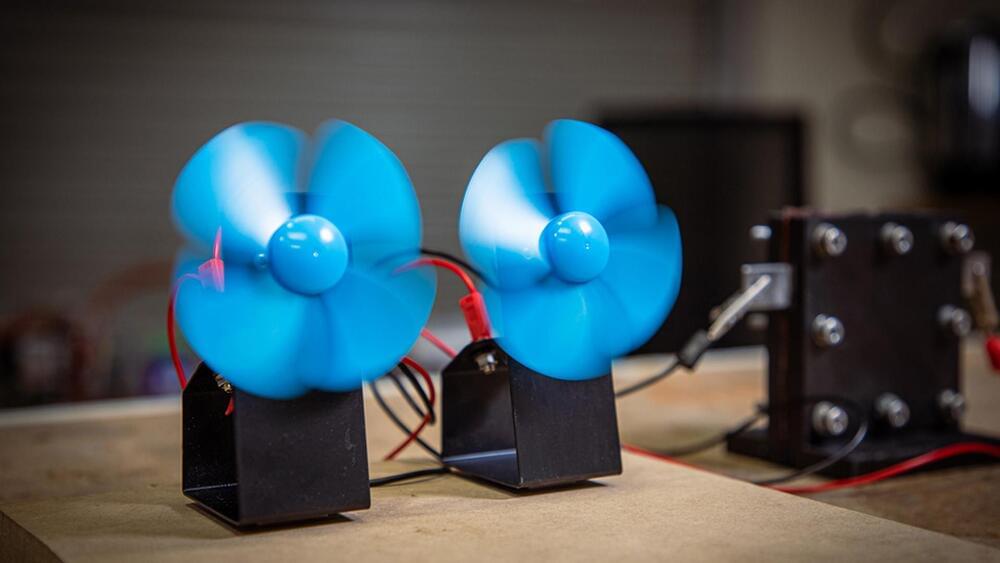
RMIT University’s new proton battery could revolutionize energy storage, offering a safe, affordable, eco-friendly alternative to lithium-ion batteries.
The latest ‘proton battery’ developed by RMIT University holds the potential to revolutionize power supply for homes, vehicles, and devices without the disposal-related environmental challenges posed by lithium-ion batteries.
The battery works by using a carbon electrode to store hydrogen that has been separated from water, functioning like a hydrogen fuel cell to generate electricity.
Giant waves have been found swirling in the plasma at the boundary of Jupiter’s magnetosphere, scientists have found.
Data from Juno suggests the Jupiter probe regularly dips through these waves, invisible to the naked eye, as it orbits the giant planet. The discovery helps astronomers understand how mass and energy is transferred from the solar wind to the Jovian planetary environment.
Actually, such waves are not unknown in the Solar System. They’re known as Kelvin-Helmhotz waves, and they occur when there’s a difference in velocity at the boundary between two fluids. They can commonly be seen where wind blows across the surface of lakes and oceans, between currents in water, or even among bands of clouds in a planet’s atmosphere.
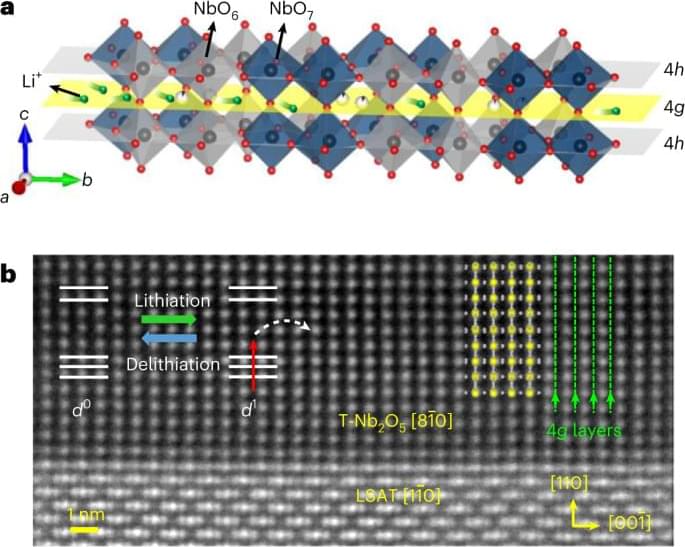
The two-dimensional layered crystal structure of niobium oxide polymorph T-Nb2O5 exhibits fast Li-ion diffusion that is promising for energy storage applications. Epitaxial growth of single-crystalline T-Nb2O5 thin films with ionic transport channels oriented perpendicular to the surface are now demonstrated.